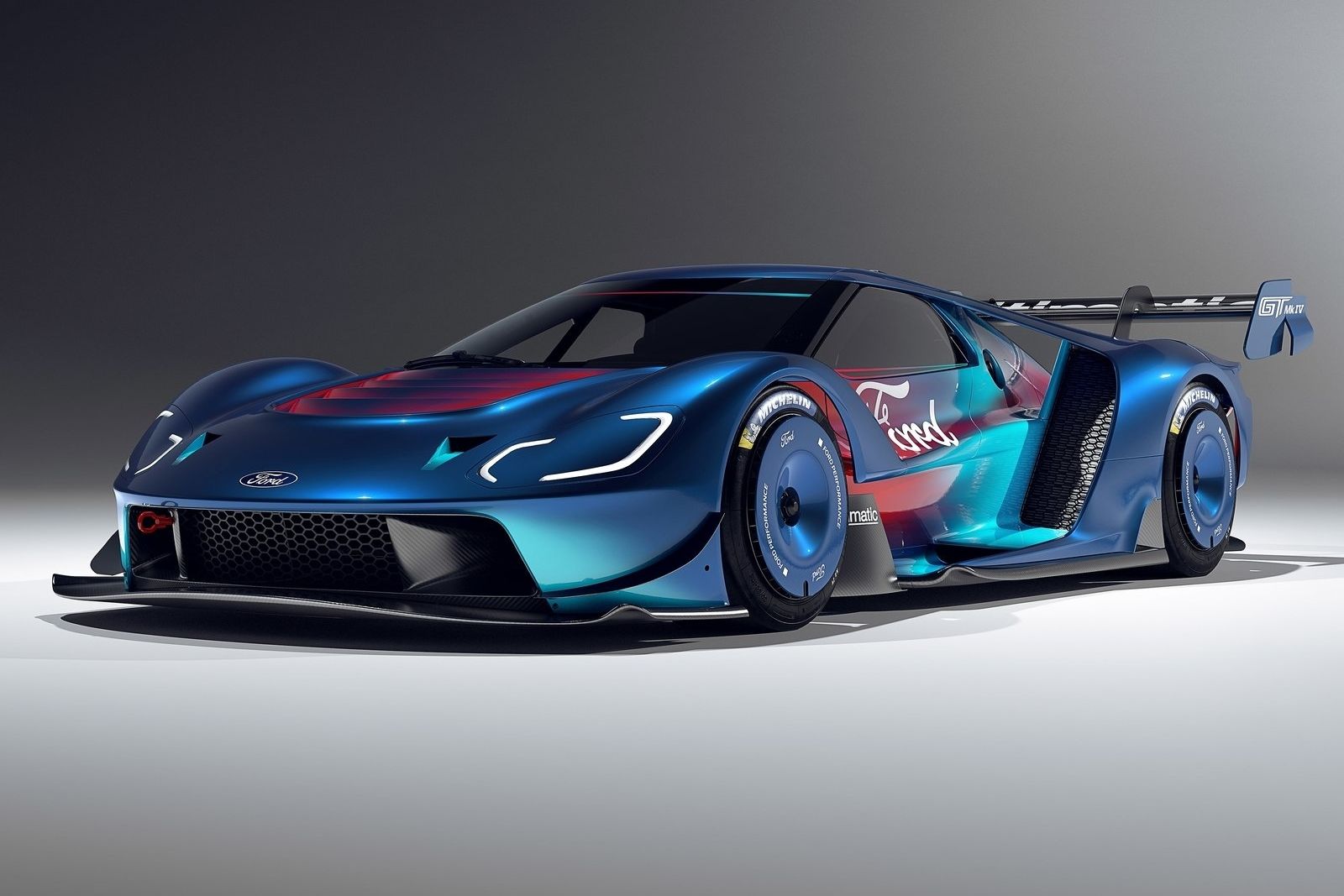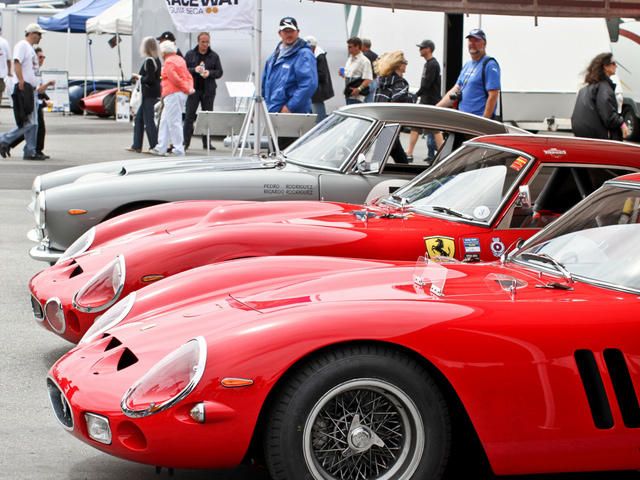There are very few cars which could really be called iconic in the world of homologated cars. Plenty of iconic cars were raced, but when it comes to models that were only sold so that their builders could race them, only a handful truly stand out. Of these, the 250 GTO is without question the purest embodiment of such a car, and Ferrari is the perfect company to have built it. Enzo Ferrari only ever wanted to go racing, and the company which bore his name built road cars only to fund their racing efforts.
Ferrari was never exactly crazy about the idea of following the FIA's homologation rules, but the resulting car achieved a level of fame which Ferrari's pure race cars never have. The name of the 250 GTO is quite straightforward. The "250" refers to the displacement per cylinder of in the engine as expressed in cubic centimeters. The GTO stands for "Gran Turismo Omologato", which is Italian for "Grand Touring Homologated". It is a name which is full of purpose, and those three little letters have now taken on mythical proportions. The 250 GTO is strangely, but still undeniably, beautiful.
What's strange about its beauty is that it happened almost by accident. The body was designed purely with aerodynamics in mind, and though the design was headed by Sergio Scaglietti, it was essentially designed by committee. Considering that a modern equivalent of a car designed by committee to be super aerodynamic would probably be a sort of mix between a Prius and a Pontiac Aztek, the 250 GTO is a superb example of a car which is accidently gorgeous. The Ferrari 250 chassis dates back to the 1954 250 Europa GT race car, and it would continue to evolve over the coming years.
The road-going version of the 250 was the first really successful road car built by Ferrari, so when the 250 GTO was set to bridge the gap between the two, Ferrari had all the right experience to draw on. The car is usually thought of as the answer to the Jaguar E-Type, coming as it did a year after the 1961 debut of the Jag, but the GTO was actually in development in secret back in 1960. A prototype was built, and the GTO probably would have come out only a few months after the E-Type, but production hit a snag when several key members of the project left Ferrari in the infamous "Palace Revolt" of 1961.
The 3.0-liter V12 engine in the GTO wasn't an all-new design, but there were changes made specifically for the GTO. Since aerodynamics were of such importance, a dry-sump lubrication system had to be developed in order to make the engine short enough to fit under the low hood. It also got bigger valves, tighter clearances, and the lightweight engine could rev up to a redline of 9500rpm. It was fitted with six Weber carburetors, and the 302 horsepower it produced was enough to make the 2299lb car fast even by today's standards. The GTO was hugely successful in GT racing throughout the 1962-64 seasons.
It would take the Group 3 Grand Touring Car championship in 1963 and 1964, but not without a certain amount of controversy. Ferrari built only 39 copies of the 250 GTO, well below the 100 units required for FIA Group 3 homologation at the time. In an effort to disguise this, the 20 GTO was given non-sequential chassis numbers, skipping over several numbers to create the illusion that more were built. When other manufacturers caught on to this and complained, Ferrari said that the 250 GTO was mechanically identical to the 250 GT SWB road car, and was thus already homologated.
This wasn't strictly true, since the GTO had both a five-speed gearbox and dry-sump system which weren't found on the road cars. In 1965, the GTO would be reclassified as Group 4, which was for lower-production cars, although it did not, technically, even meet these requirements. By the end of 1964, Shelby had come out with the Daytona, and it spelled the end for the 250 GTO. The Daytona combined the kind of aerodynamics and lightweight construction which the GTO enjoyed, but used the more powerful Ford engine, making faster all-around. Ferrari backed out of a factory GT team for 1965, and thus ended the life of the 250 GTO.
Ferrari would bring back the "GTO" label a couple of times, and even though the 288 GTO was built to be a race car, it is only the 250 GTO which is truly deserving of the badge. The motorsports heritage of the GTO, as well as its scarcity, have made it one of the most valuable collector's cars in the world. It is also one of the most important cars in the company's history, achieving a level of fame so great that other manufacturers would come to start using the GTO badge as a way to cash in on the image of the motorsports legend.


